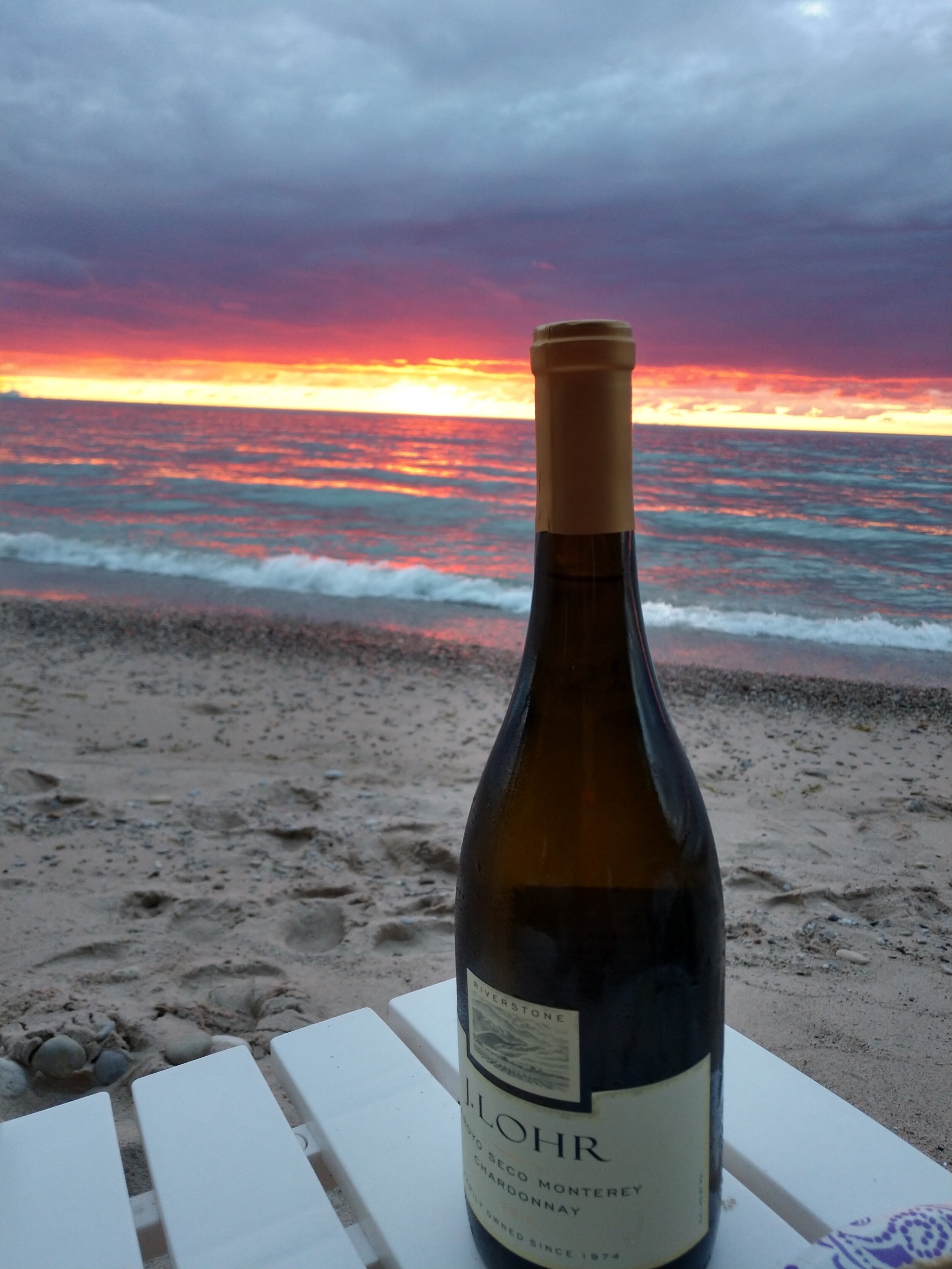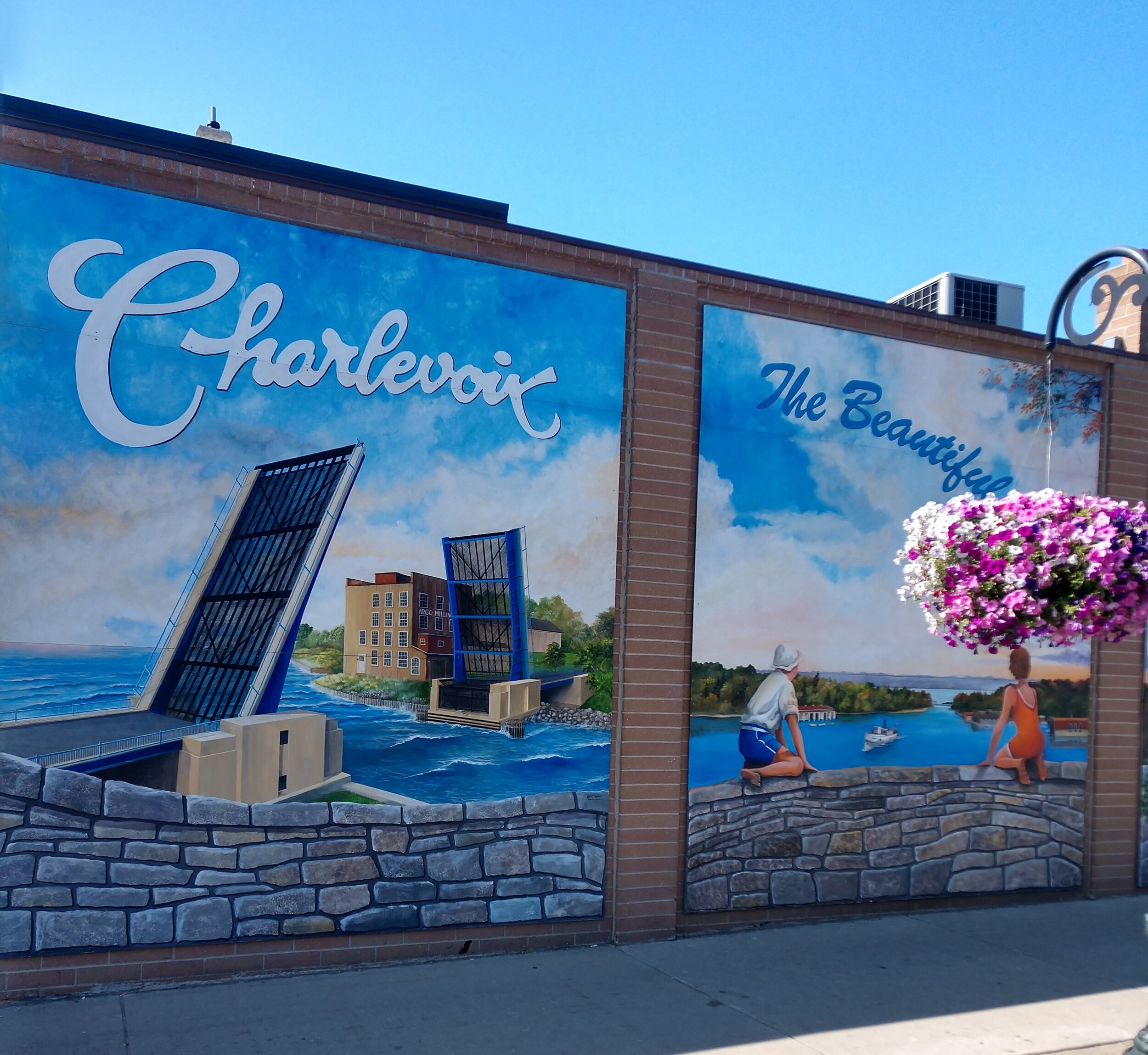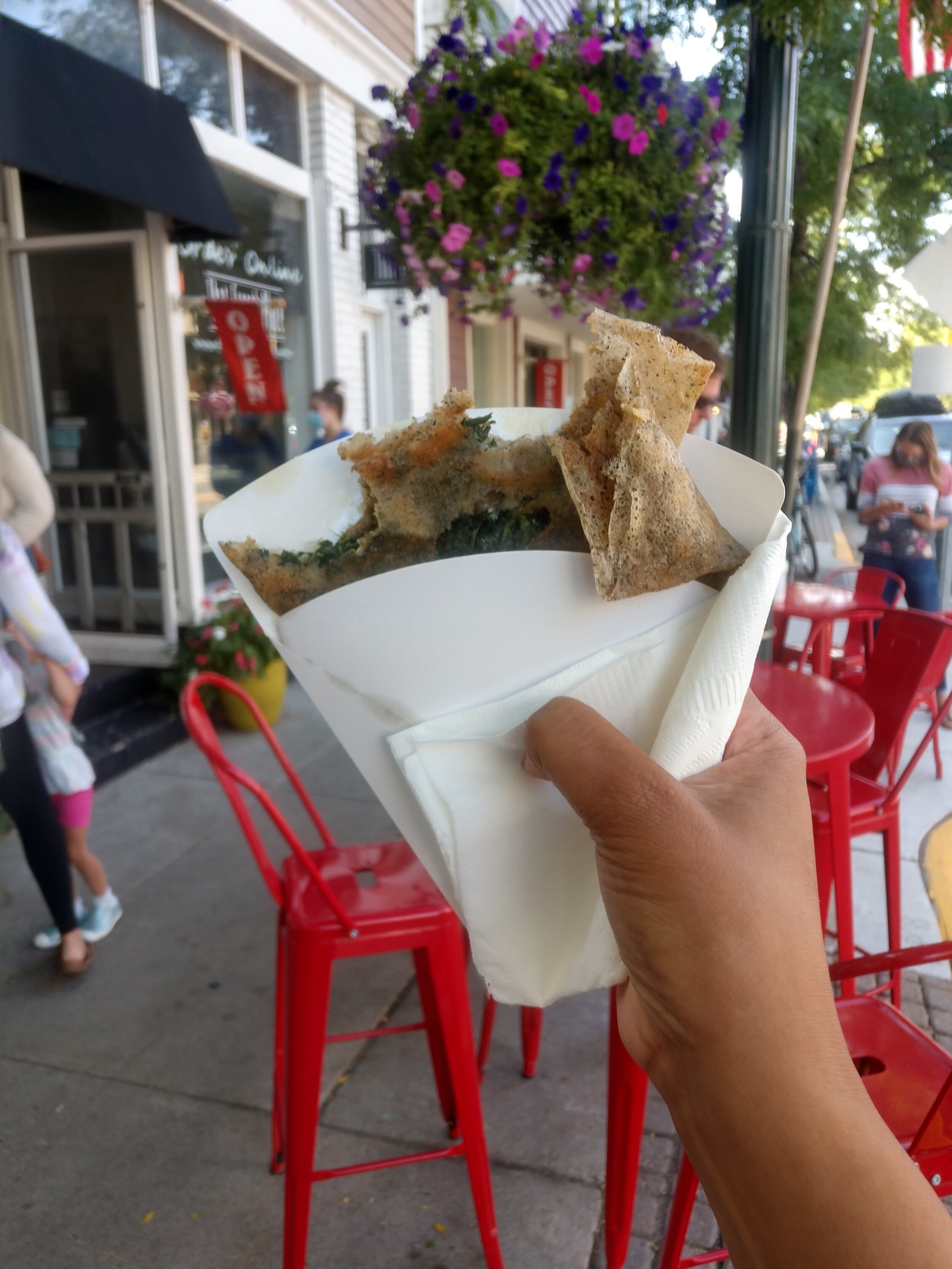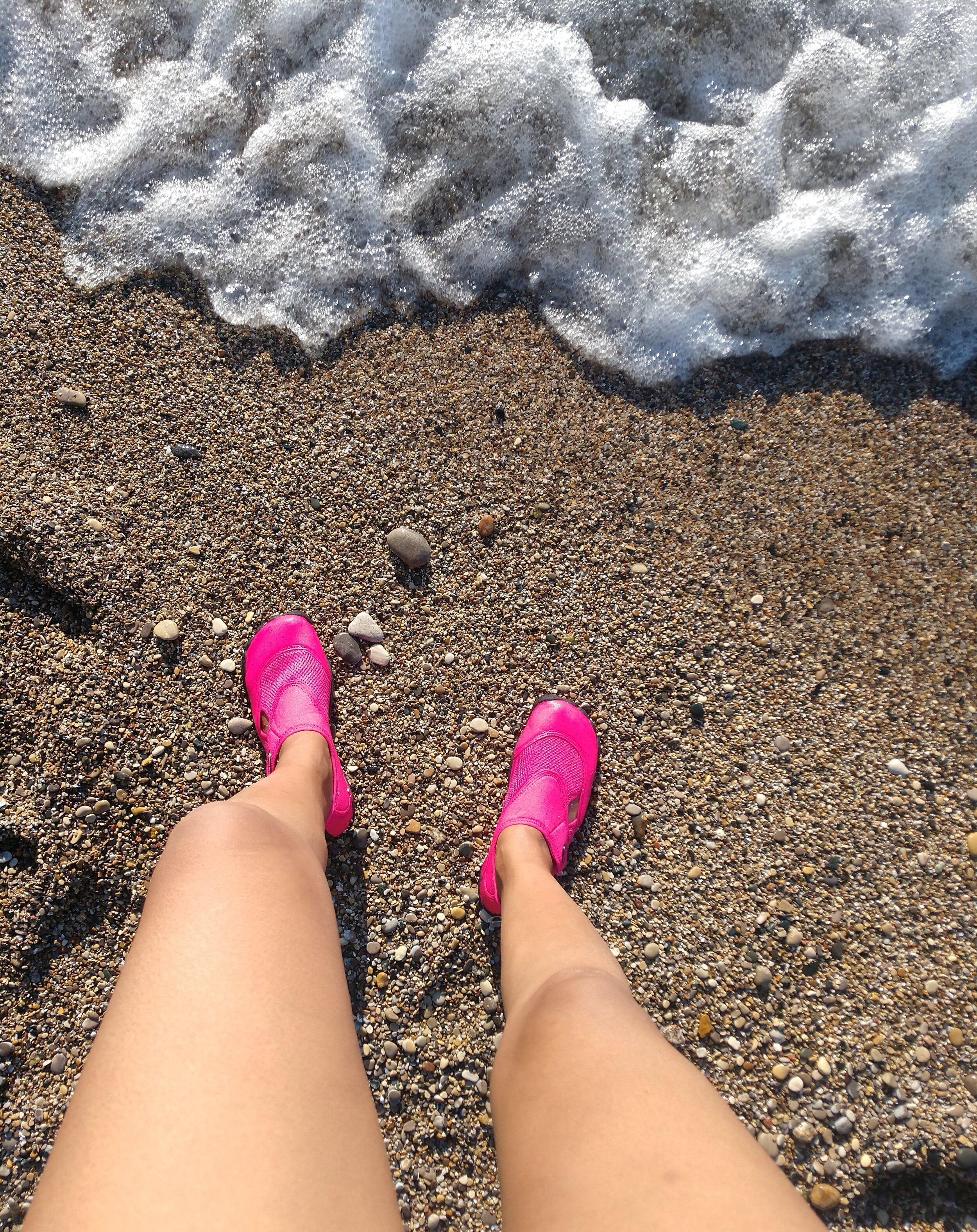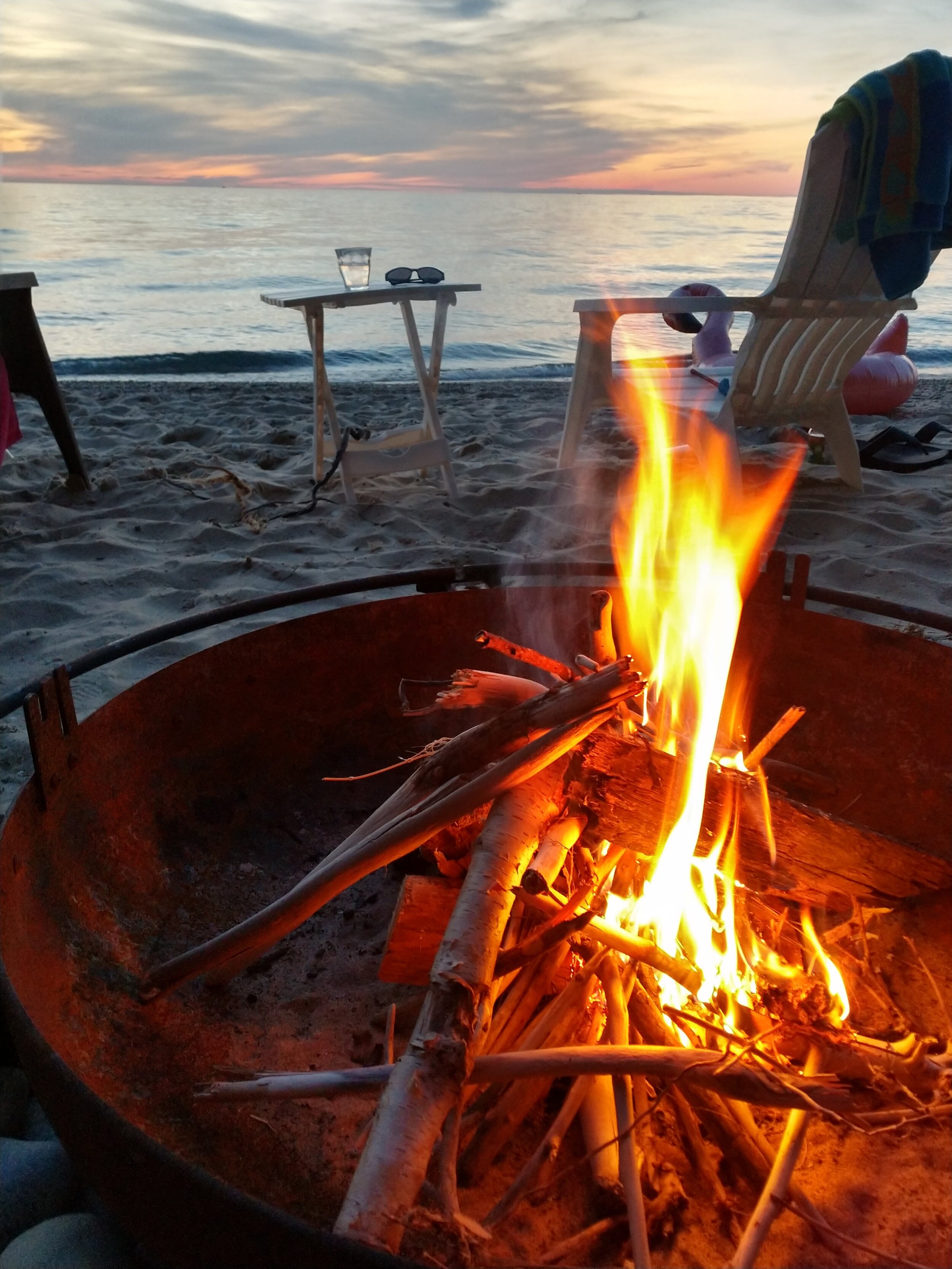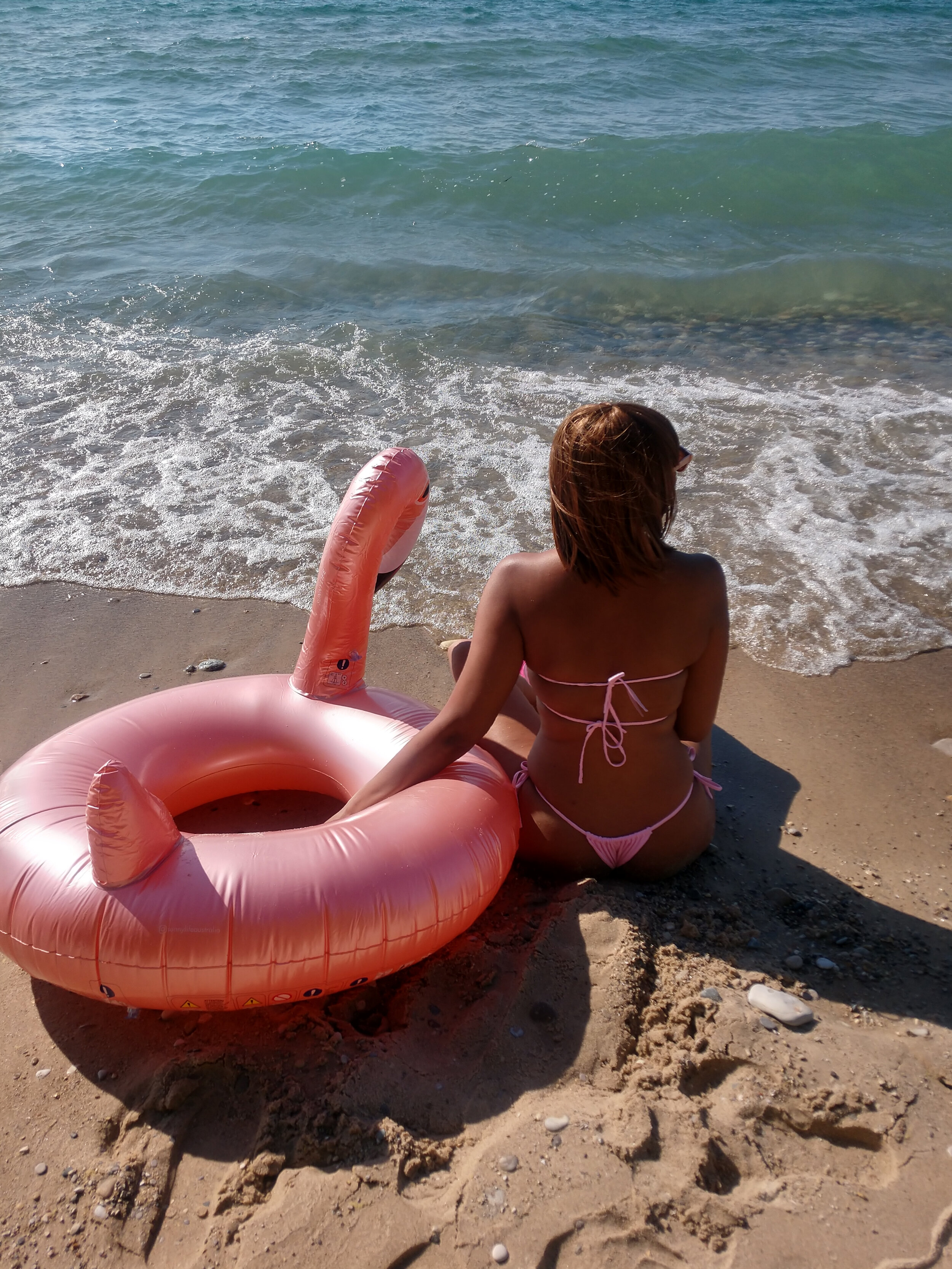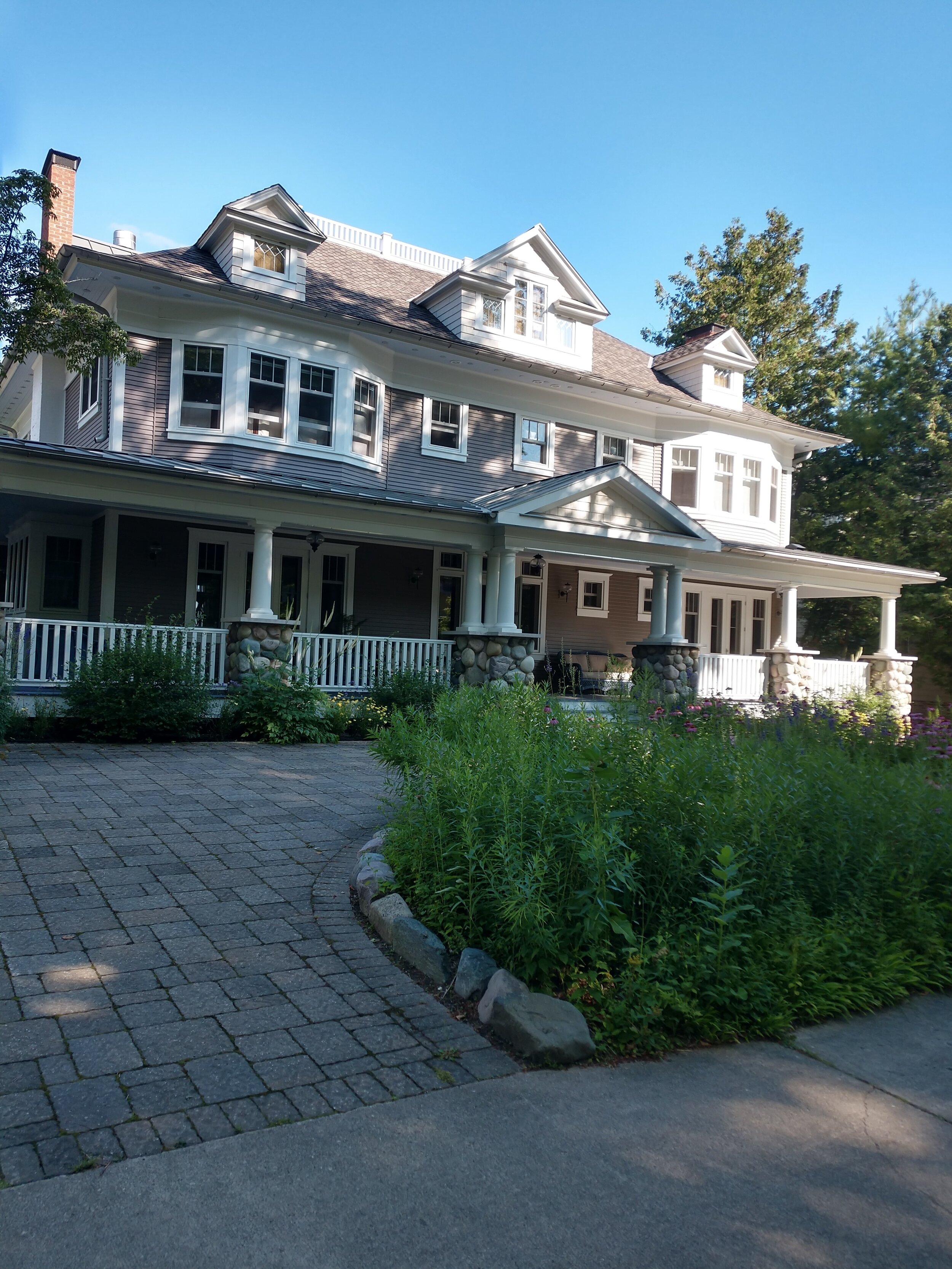When I was in 9th grade, my high school teacher decided that a B level (intermediate) English class was the best fit for me. I was one of 2 students of color in the class and the administration used my average grades from a biased middle school to determine placement for high school. It was around that time that my estranged father began writing me with book recommendations and I spent most of my downtime in the library reading books that fed my soul. Books written by Maya Angelou, Toni Morrison, WEB DuBois, James Baldwin, John Paul-Sartre and Paul Lawrence Dunbar. My English class and the school’s recommended B level reading list did not challenge me, instead I buried my head in books surrounding the Black Panther and Civil Rights Movements. Still completing the homework for the class in a timely manner, I brought these books that interested me to the class and read them while the teacher was teaching as a way to “pass the time” during what would have been another mundane lesson. Eventually, my teacher noticed and advocated for me to move to A level (Advanced) English.
It was during this advanced English class that I was introduced to the work of Nobel Prize winning novelist, Ernest Hemingway. I was intrigued with Hemingway’s style of revealing minimal detail in a way that encouraged the reader to dig deeper into the meaning that was hidden below the surface of his written words. He used Michigan’s Horton Bay, Petoskey and Charlevoix for the setting of many of his early works including: "Up in Michigan", "The Three-Day Blow" and "The End of Something." On a recent visit to Charlevoix, MI I discovered the charm of the town that Hemingway affectionately referred to as “Voix.”
Deeply immersed in the COVID-19 pandemic and a hurricane known as Isaias creeping up the Northeast coastline, I found the perfect refuge when I was invited to stay at a friend’s beach front home overlooking Lake Michigan. And it was no coincidence that I was working on my “Pink Girl’s Run The World” book. Michigan’s beauty goes beyond the big cities, where the only sounds heard are the shimmering trees and the roar of the waves rolling off Lake Michigan.
It was only 50 years ago that my skin color would have prevented me from enjoying the beauty of this resort oasis made famous by Hemingway. I would have been regulated further south to Michigan’s Black Eden, Idlewild (177 miles from Detroit – read about my visit to Detroit here). Made famous to a new generation by the movie (with the same name) starring Outcast’s Andre 3000, more than 25,000 African Americans travelled from Chicago, Detroit, Cleveland, and Indianapolis each summer to visit Idlewild’s 2,700 acres of lakes and western Michigan wilderness that boasted beaches, boating and a vibrant nightlife/entertainment scene during its height in the 1950’s and ‘60s. Forty plus years later; here I was dipping in the turquoise tinted waters of Lake Michigan, gazing at Charlevoix’s pink sunsets from the porch of a beautiful Victorian home and writing about my experiences traveling the world as a Black woman as I sip on the region’s famous Cherry wine. In life we never know what’s on the horizon. Cheers!
“Surely, of all the wonders of the world, the horizon is the greatest.” – Freya Stark
